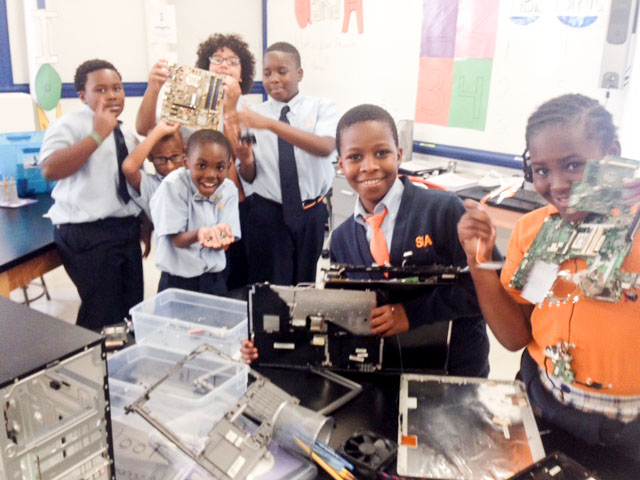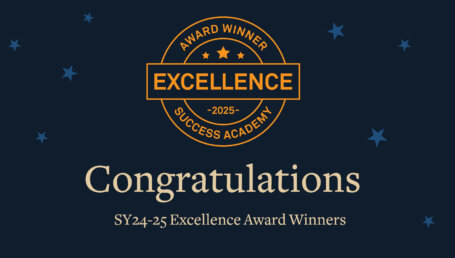
In the spring of 2014, I was visiting the New York Hall of Science in Queens when I came across a group of third graders in blue and orange uniforms. They were so excited to be exploring the museum. Curious, I asked their teacher for the name of their school. She told me they were from Success Academy Harlem 3.
I remembered that encounter the following spring when I was browsing the Girls Who Code Facebook page and spotted a job posting for a computer science teacher at Success Academy. In the U.S., 47 percent of girls in middle school express interest in science, technology, engineering, and math (STEM), but only 0.4 percent of high school girls choose computer science as a college major.
I thought about those effusive third graders at the science museum and the influence that role models had on my decision to study computer science in college, and I decided to apply.
Since the age of 2, when I had my first computer, I have been fascinated by science and technology. In elementary school, I took great joy in completing my assignments on a computer – then a rarity. By the time I was in high school, I was learning how to write code to build web pages. To me, a computer represented endless possibilities.
My father, who was a software development manager and computer science professor at Monroe College, also inspired me. He taught me more about writing code, and even took me along to his lectures. He didn’t realize that I was listening intently to each word.
In college, I was one of a rare breed: women of color who were pursuing STEM degrees. My math and science classes were overwhelmingly male and white. Too often, I felt I had to work harder than my peers in order for them to take my ideas seriously. During my six years working in health information systems, building websites and databases, and training employees on new technologies, I found the same phenomenon was true.
In college, I was one of a rare breed: women of color who were pursuing STEM degrees.
Today, as my two young daughters are discovering a passion for science, the gender and racial gaps in STEM still persist. Nationwide, women make up 47 percent of the workforce but only 27 percent of those who hold computer jobs. The gaps are wider for black and Latino workers. African-Americans account for 12 percent of the labor force overall but only 7 percent of computer industry workers. Latinos make up 16 percent of workers and only 6 percent of those who work with computers.
As a mother and a computer science teacher, I am determined to reverse these trends for my daughters and my students. As we begin the school year, my fifth grade scholars are taking apart a computer and learning about the function of every component. Our goal is to build a computer together without a kit. Meanwhile, my sixth- and seventh-graders are learning to program basic web content using a computer language called JavaScript. Last week, I was thrilled when one of my female scholars approached me in advisory and spent 15 minutes of her free time programming with me!
I know that if I can get students hooked on computer science now, especially girls and students of color, they will be more inclined to take challenging math and science classes in high school and college. I know they can be the next generation of scientists, mathematicians, computer programmers, and engineers.










